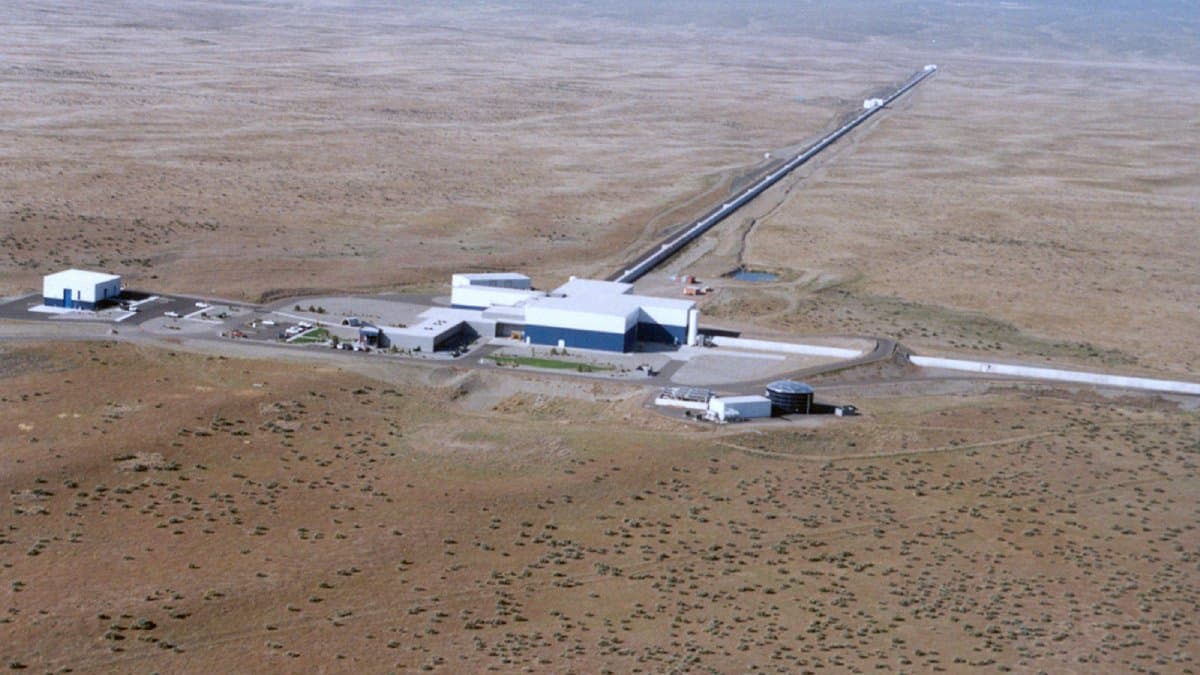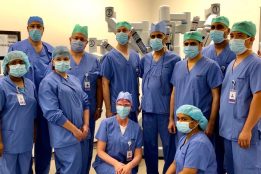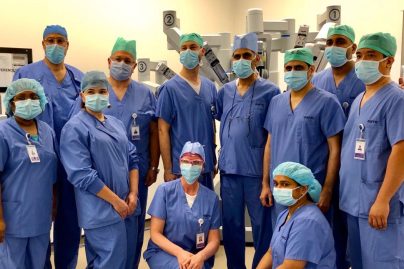India to detect Einstein’s gravitational waves with its fifth LIGO observatory by 2030
Sun 09 Apr 2023
New Delhi: India’s Cabinet has sanctioned an AED1.1b project to build a Laser Interferometer Gravitational-Wave Observatory (LIGO) in Hingoli in Maharashtra state.
When completed and commissioned in 2030, it will only be the fifth such LIGO in the world to detect gravitational waves caused by the movement of planets and stars in space.
Also, read – Traditional send-off for the Indo-US NISAR satellite from the US to India
The process is based on legendary scientist Albert Einstein’s Theory of Relativity, one of the foundations of modern physics. The discovery of gravitational waves by two LIGOs in the US eight years ago received the Nobel Prize in Physics in 2017.
LIGO-India, which has been set up to execute the project, said the sanction by the Cabinet promises breakthrough research to address questions in both physics and astronomy and extract information from enigmatic objects in our universe: black holes, neutron stars, supernovae, even the Big Bang.
The four existing LIGOs are in Hanford and Livingston in the US, in Santo Stefano a Macerata in Italy and near Hida City in Japan.
Originally conceived to be completed in 2024, the LIGO in India in Hingoli was delayed owing to the disruptions caused by the COVID-19 pandemic.
“LIGO-India will be a unique platform that brings together in India the frontiers of science and technology of the quantum and the cosmos,” Tarun Souradeep, Director of the Raman Research Institute in Bangalore, told the local media after the Cabinet decision.
About LIGO
The Laser Interferometer Gravitational-Wave Observatory (LIGO) was designed to open the field of gravitational-wave astrophysics through the direct detection of gravitational waves predicted by Einstein’s General Theory of Relativity. LIGO’s multi-kilometer-scale gravitational wave detectors use laser interferometry to measure the minute ripples in space-time caused by passing gravitational waves from cataclysmic cosmic events such as colliding neutron stars or black holes, or by supernovae. LIGO consists of two widely-separated interferometers within the United States—one in Hanford, Washington and the other in Livingston, Louisiana—operated in unison to detect gravitational waves.
LIGO is a national facility for gravitational-wave research providing opportunities for the broader scientific community to participate in detector development, observation, and data analysis. LIGO’s original instrument, a largely ‘proof of concept’ model dubbed “Initial LIGO”, engaged in “science observations” from 2002 to 2010. No detections were made in that time, but enormous strides in detector engineering were achieved as a result of what was learned during that initial run. 2010 marked the end of the Initial LIGO project, and as planned, between 2010 and 2014, both interferometers were completely overhauled to incorporate much more sophisticated engineering. This “Advanced LIGO” project successfully improved the capabilities of the detectors, and within days of turning on the new and improved instruments, LIGO made its first detection of gravitational waves, generated by a pair of colliding black holes some 1.3 billion light years away. Since that historic day, LIGO’s engineers have continued to improve the detectors’ sensitivities. The success of these improvements is evidenced by the many more gravitational wave detections that have since been made. Ultimately, with continued refinement and upgrading, Advanced LIGO’s detectors will achieve a sensitivity 10 times greater than Initial LIGO, bringing 1000 times more galaxies into LIGO’s observational range.
The design and construction of LIGO was carried out by a team of scientists, engineers, and staff at the California Institute of Technology (Caltech) and the Massachusetts Institute of Technology (MIT), and collaborators from over 80 scientific institutions world-wide that are members of the LIGO Scientific Collaboration.
The responsibilities of LIGO Laboratory, comprising Caltech, MIT, LIGO Hanford, and LIGO Livingston, include operating the LIGO detectors, research and development aimed at further improving the capabilities of LIGO’s detectors, research in the fundamental physics of gravitation, astronomy, and astrophysics, and public education and outreach. LIGO is funded by the U.S. National Science Foundation and operated by the California Institute of Technology (Caltech) and the Massachusetts Institute of Technology (MIT).
India LIGO Einstein detection India LIGO Einstein detection

 Apr 27 2024
Apr 27 2024













